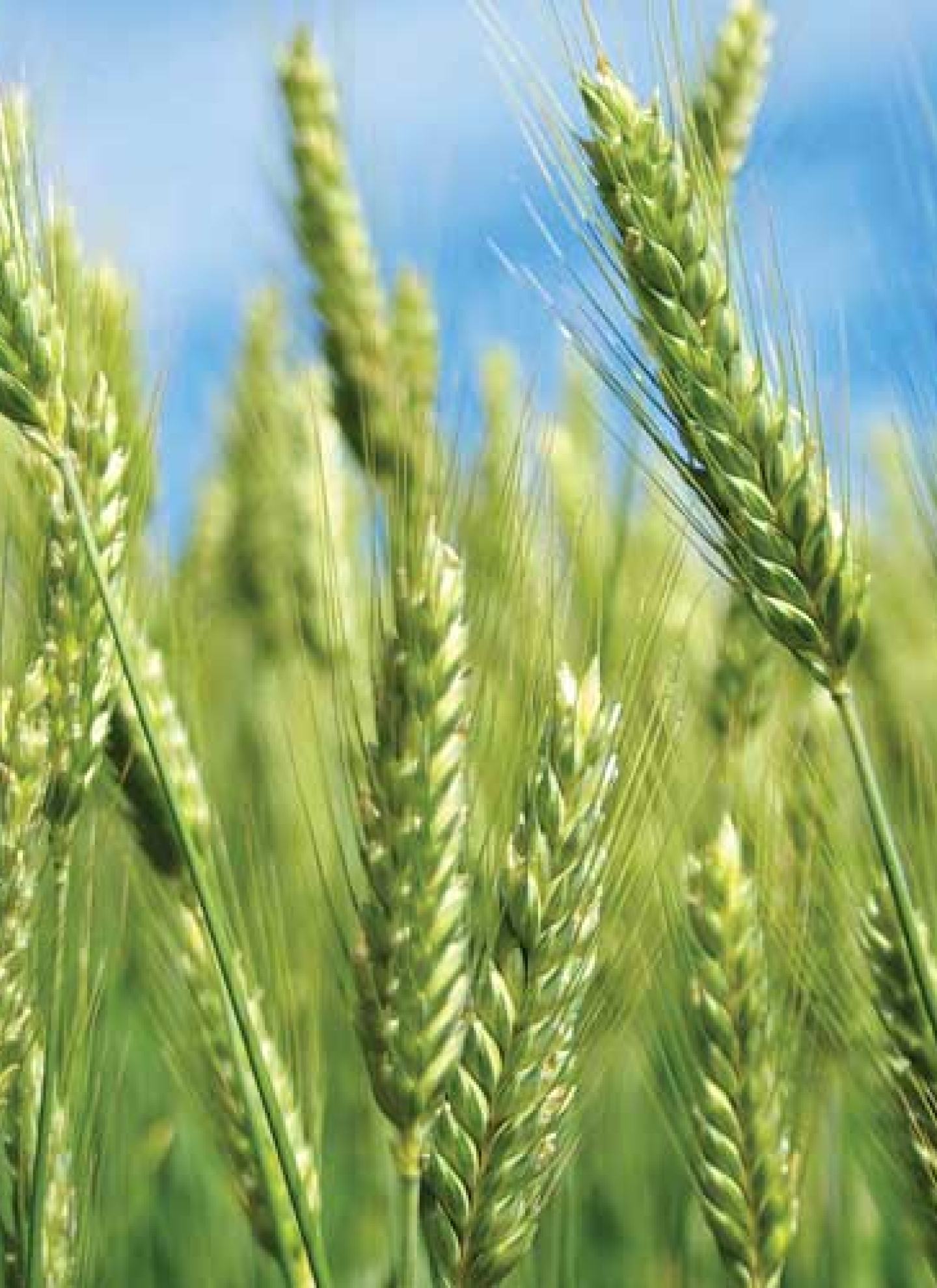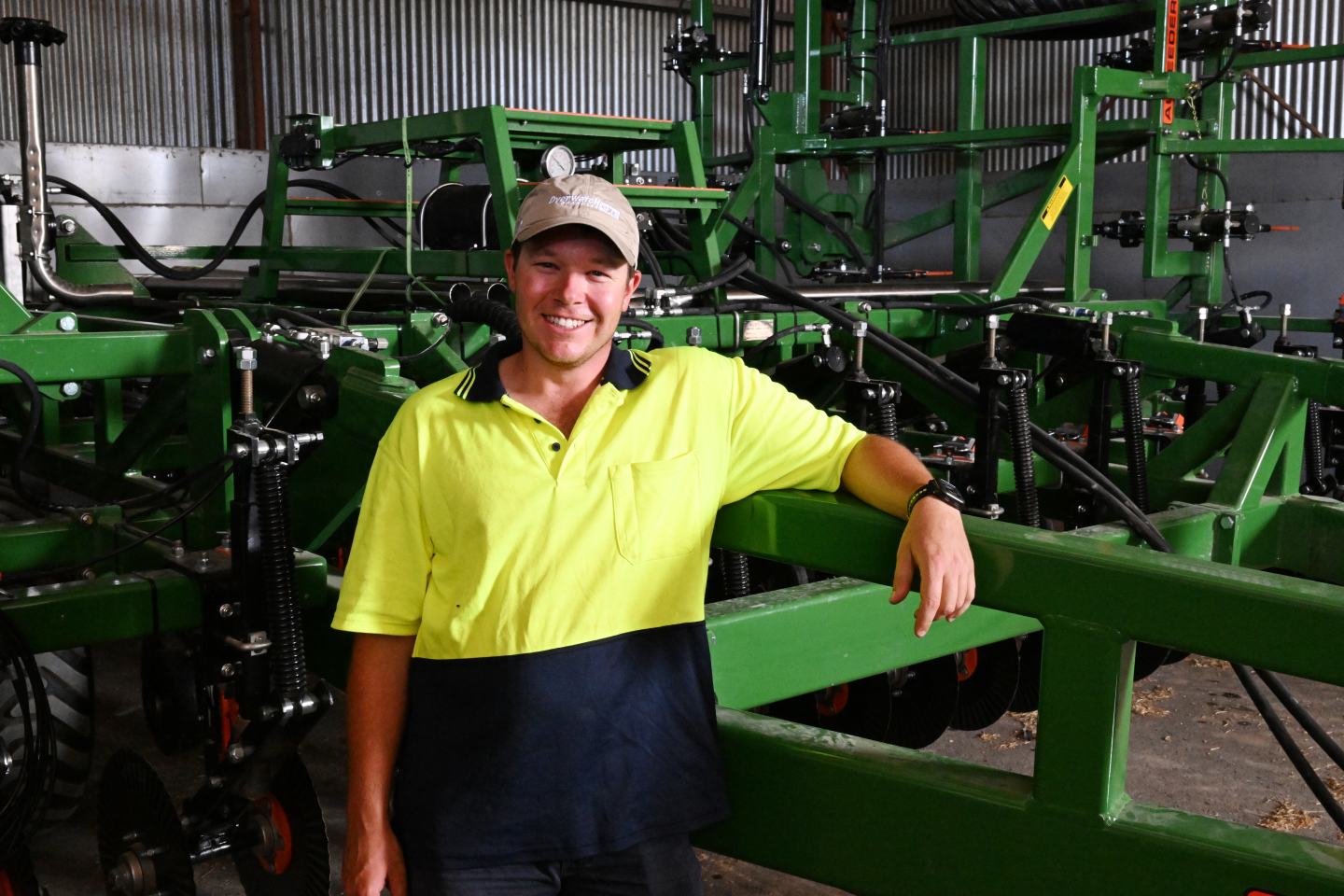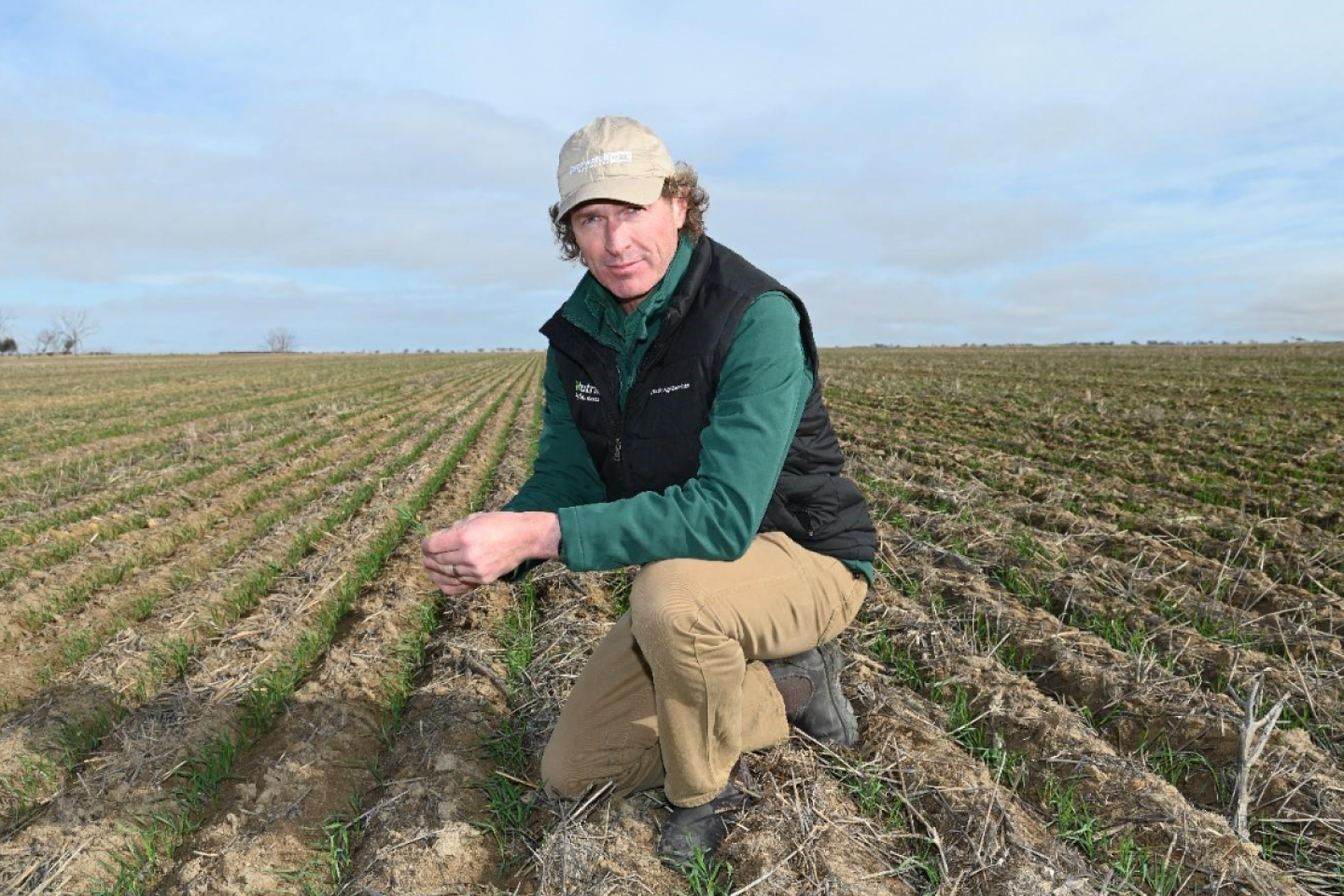A wet finish to the 2022 cropping season highlighted the challenges with ryegrass on the Henderson property at Caltowie, in the mid north region of South Australia.
Andrew Henderson, who crops 2600 acres and runs 800 breeding ewes with a self-replacing flock, said the wet spring over several seasons had meant ryegrass in some paddocks had become a bigger issue.“We had paddocks that we thought weren't too bad and then last year we really ran into some troubles," he said. "There were two or three paddocks with big problems which probably halved the yield potential. They really got smashed (with weed seed set). Ryegrass just keeps on coming and the way it's multiplied, especially over the last couple of years, it was out of control.”
Wheat and barley have been the predominant crops grown, with faba beans and canola also used as a double break predominantly to get on top of the ryegrass. Also included in the ryegrass management strategy is a mix of herbicide options with some varying from those traditionally used.“It's something I've been thinking about for a few years now,”Mr Henderson said. "We're trying to use different chemistry. We've been using Treflan* and Boxer Gold* for a long time and they've been good but we're getting to the point now where they are not as effective as they once were.”In one paddock where ryegrass got away, Mr Henderson discussed a range of options with his local agronomist.“We definitely knew we couldn't go in with another cereal, so we highlighted this paddock, to try and give it a double break.“Talking with our agronomist, he suggested faba beans so we could use Overwatch® Herbicide. He was trying to introduce different chemistry into our rotation and still achieve a good kill on the ryegrass. We went with that program and are really happy with it." Overwatch® Herbicide was applied at the start of May as a pre-emergent mix with glyphosate. The beans were planted immediately after that using a 35-foot Morris bar and knife-point press wheels.“We sowed the beans at a depth of 30 mm and dropped the speed back to seven or eight kilometres per hour to ensure a good job,” Mr Henderson said. "We were really happy. They came up well and there was hardly any ryegrass.”He said an adjacent paddock was sown to vetch, unfortunately, had wall-to-wall ryegrass.“In the beans we were hard-pressed to find any ryegrass, so it was a really, really good result. I think the slower speed helped to get a nice even row and that meant better incorporation. We didn't notice any bleaching or anything. It was a terrific result."
Overwatch® Herbicide can show crop bleaching in some conditions, however, the slower sowing speed helped to reduce soil throw and the more even sowing depth meant there wasn't any crop effect. A post-emergent grass spray was applied at the start of July, with Overwatch® Herbicide still showing excellent residual activity throughout the crop establishment phase.“There was a good eight weeks or more activity and even at harvest, there were still very low weed numbers,”Mr Henderson said. "There's definitely a long-lasting effect with Overwatch®.”
He said a lot of farmers in the district were looking for new herbicide options and crop rotations to control ryegrass. "There's certainly great scope for a product like Overwatch® to be used in a lot of different applications. People are really looking for something different." Overwatch® Herbicide can be used in wheat including durum wheat, barley, canola, faba beans and field peas. Mr Henderson said they used Overwatch® in barley, in its first season, in a paddock that had issues with ryegrass and bifora. He said while there was some early crop bleaching this didn't have any effect on the final yield and the weed control was excellent. "It did a great job and I am certainly open to trying it again. Barley is one crop that we do need a good pre-emergent and it's probably one of our crops where we will need to try something different.“I think you've just got to get your seeder set-up right. It's a matter of dotting your "i"s and crossing your "t"s, so do your homework."
Looking for better ryegrass control?
Talk to your agronomist about integrating Overwatch® Herbicide and diverse crop rotations into your weed management plan for more reliable results and long-lasting effectiveness.



